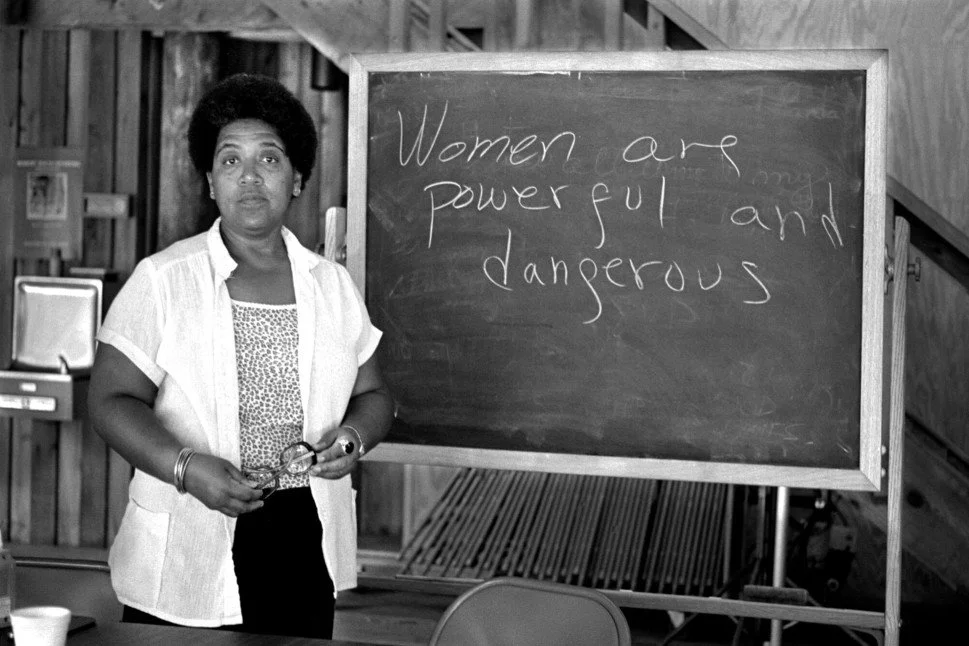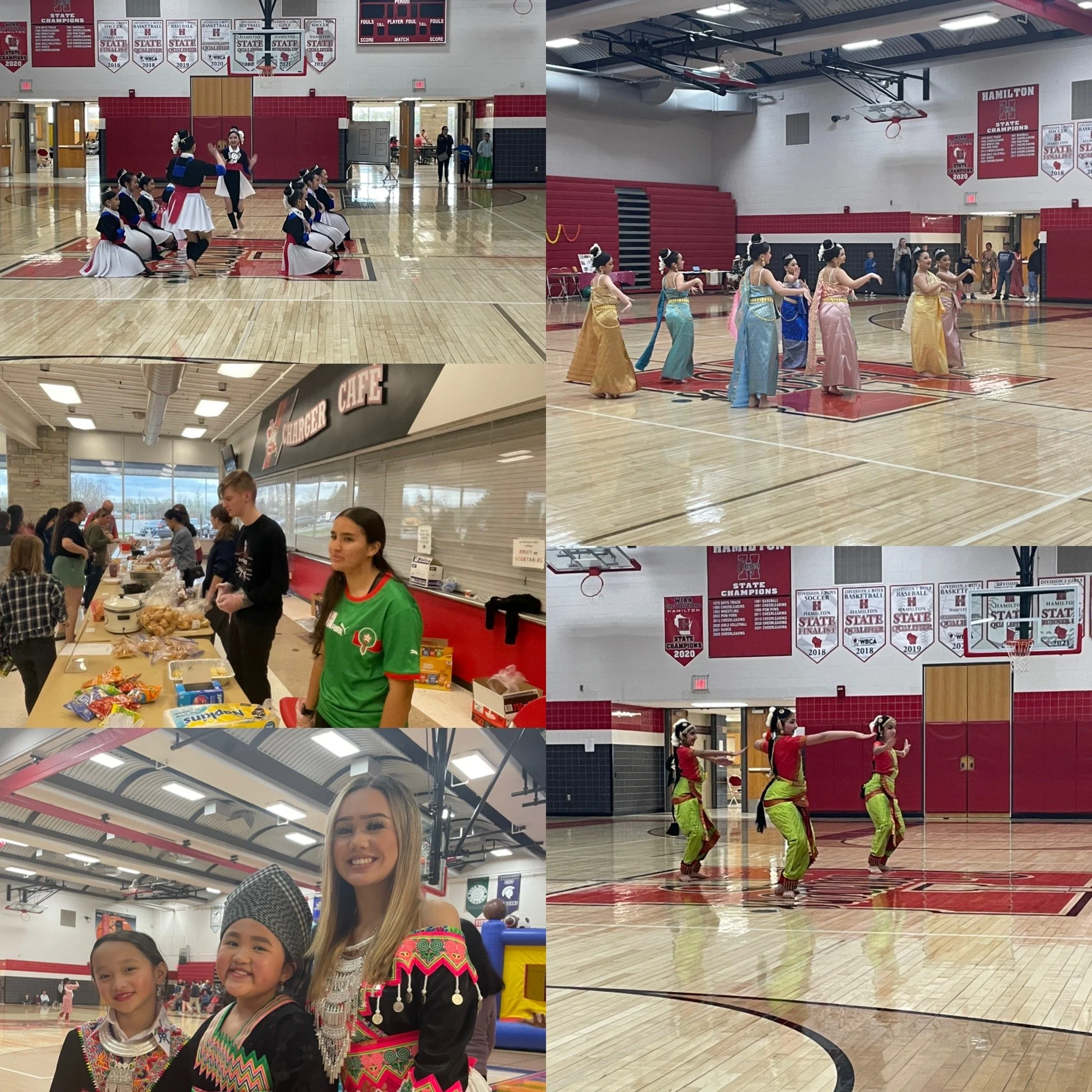Why I’m Excited for Barbie
photo from IGN.
Carly Ungerer
The new Barbie movie’s second teaser trailer just dropped this past month, and Greta Gerwig of Little Women fame seems set to propel herself forward as a modern feminist director. The film, which will center on one of many Barbies played by Margot Robbie, is slated for release July 21, 2023.
From the initial announcement, to photos of filming, the movie has generated a buzz unlike any of the previous animated Barbie movies. The sparkly headshot posters have become an instant trend, and “Barbiecore” has emerged as a rising trend. But from what we have seen so far in trailers, posters, and photos from the set, this film promises to be much more than just a fun watch, but rather a nod to Barbie’s roots as a complicated, but overall feminist, icon.
Barbie’s History
Barbie has been a cultural icon since her initial release in 1959 and has been a major influence on young girls ever since. The first teaser itself touched on this, opening with the line, “Since the beginning of time, since the first little girl ever existed, there have been dolls.” Before Barbie, dolls mainly came in the forms of paper, babies, and sewn dolls. Barbie symbolized a culture shift, both with her distinct proportions, fashion style, and varying careers.
Barbie herself was based in part off of the German Lilli dolls, which were a gag gift for adults, and kept her unnatural proportions. Ever since the dawn of the Barbie era, critics have focused on the original doll’s body, arguing that it was racy for children or perpetuated an unhealthy beauty standard. In spite of her body, Barbie has persisted as a symbol of feminist pop culture because of her ability to be anything. Barbie, in Mattel canon, has held over 200 careers. The shift from baby dolls, which reinforced the idea that young girls are raised to be mothers, to a more mature doll who held many jobs, including ones in male dominated fields, is what made Barbie so unique at the time.
Beyond this, Barbie has grown with history, the doll’s fashion shifting with time securing its relevance. The dolls themself, and the fashions they wore, have changed to adapt to modern times. Now Mattel produces Barbies with varied body types and skin colors, in order to fit with the demand for diversity in representation. Modern Barbies and Kens even have wheelchairs so that all children can see themselves in the toys they play with.
The Trailers
The first teaser trailer released plays off of the iconic opening of Planet of the Apes, calling to mind the idea of Barbie as the dawn of a new era. In fact, it’s a fair comparison, given as previously mentioned, before Barbie most toys for girls were baby dolls. In shifting from a toy that was demure and pushed mother-hood, to a much more mature, independent, and capable doll, Barbie created a new culture in girls' toys.
The trailer opens with a birds eye shot of “Barbieland,” a bright, pink, idyllic piece of land in the shape of a heart, and the world surrounding it, dull and gray in comparison. The shot is reminiscent of WandaVision, with a small area of the world where reality itself is distorted.
The next shot follows a Barbie stepping out of her shoes, while her feet remain in the iconic, “Barbie pointed” shape. This shot, which tugs at adolescent nostalgia, combined with the image of Barbieland, creates a clear image of the world where the movie takes place, of a distorted world where hyper-femininity is celebrated rather than attacked. The way in which Gerwig’s interpretation revels in the feminine and childlike, rather than straying from it is revolutionary in a culture where tomboys, “pick-me”s, and dislike of the color pink are prevalent.
Internalized misogyny is so ingrained in our culture that women are conditioned to present in a way that is more masculine in order to appear strong, intelligent, or serious. This is why Barbie, who is both traditionally feminine and independent and strong, is such a strong divergence. The Barbies in the film, who wear bright dresses and heels, are presidents, diplomats, and physicists, while the men are just Kens, accessories to the Barbies themselves. This is even shown rather bluntly in the movie’s posters featuring the main actors, saying “Barbie is everything” in Margot’s, and “He’s just Ken” in Gosling’s.
Although Gerwig subtly touches on issues of mainstream feminism, she holds true to the doll’s roots. She plays off of the way children themselves play with Barbie, especially in a scene with Barbie and Ken, where he asks to stay over. When Barbie asks why, Ken simply states that they are in a relationship, though neither of them seem to know what they would do if he stayed over. The childish innocence plays off of adolescent understandings of relationships in a humorous, refreshing way, juxtaposing the image of naivety with the idea of Barbie as a symbol of sexuality. Another brief nod to Barbie’s roots in the homes of children is a short shot of Kate Mckinnon’s character, another Barbie. Mckinnon rocks short, choppy hair and streaks of color on her face, calling images of Barbies given “makeovers” by their owners to mind.
I’m anticipating a bright, layered, and funny social commentary in Gerwig’s take on Barbie, and I think it will be the movie of the summer. The combination of the rich social satire, nostalgic atmosphere, and bright humor are sure to make Barbie a true homage to the doll’s complex history. I’m very excited for what I hope will be a brilliant feminist take on a controversial pop culture icon.






